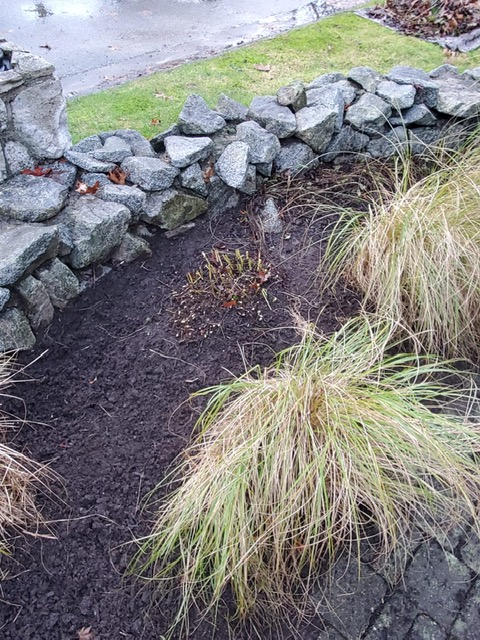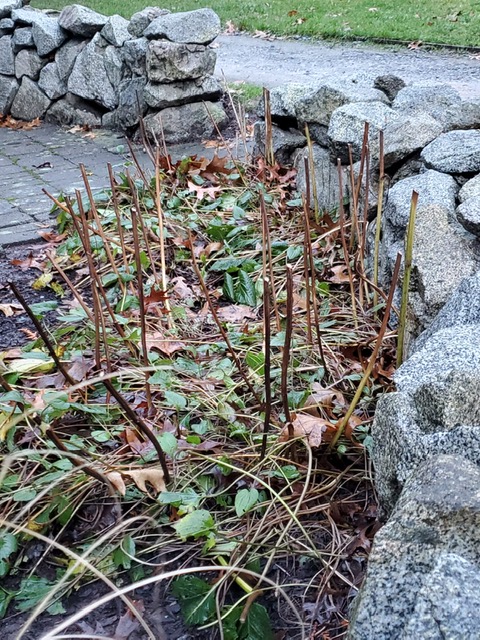Slow and steady
In my last blog post we met a young lady speeding through her apprenticeship levels back-to-back, in one season. And I argued that, unless she’s really good, it was a mistake. That’s because the apprenticeship is based on a combination of schooling and field experience. By speeding through the school levels, our young lady is missing out on valuable field experience.
Let’s see what real field training looks like by examining my day with apprentice Hector Hernandez (not his real name). Slow and steady.
Hector’s lessons
- Work vs logistics
Since Hector hung out by his work truck too much and acted like a butler for his crew members, I had to remind him that he was playing around with logistics. Offering his crew members buckets wasn’t the same as using them. The real work happens on site with the crew, not by the truck or by acting like a butler. Always make sure the site looks better than it did when you arrived.
2. Corrections
Hector wasn’t shy about yelling at his charges to come back and touch up the areas they had just completed. It just doesn’t work this way. First you demonstrate and then stay with the crew so you can make corrections in real time. Stay with your crew and lead them.
3. Fountain grasses
Pennisetum alopecuroides are fountain grasses and they look great into late winter. When new growth starts to emerge closer to spring, then we cut them back. They even look great covered in snow. So, I got Hector to put his noisy, pollutant-spewing power shears away and wait until spring to cutback his fountain grasses. Now he knows.

Leave the grasses alone until spring.
4. Rhododendrons
Rhododendrons should be pruned after flowering, before they set new buds for next year. Hector was ready to attack his Rhododendrons after getting a homeowner request. So, sure, we can remove branches touching the windows, after informing the owner that he’s losing flowers for next year.
5. Perennial stubs
Hector’s perennial cutback work looked a bit robotic so we spent some time on it. I got him to grab the spent flower stems and snip carefully at their bases. That way we avoid unnecessary clean-ups and, more importantly, ugly looking stubs. Those stubs become even more prominent once the basal leaves wither away. The only benefit of leaving stubs is for teaching flower poachers a lesson. Once the ladies of a certain age reach in to cut a flower, they’re bound to receive stub wounds from last year’s stubs.
Hector is now a perennial cutback pro.

All star Hector
This is how it works in the field. A Red Seal professional working alongside a future foreman and delivering lessons as they work. Then, when Hector goes to school for six weeks in winter, it will all click in. The pleasure of my company is just a huge bonus he’ll be forever grateful for.
Learning never stops; that’s true for Vas and Hector. Be great!

